'Hispanic representation': Notable Hispanic service members who served at Fort Bragg
As Hispanic Heritage Month continues through Saturday, a top Department of Defense Official said more can be done to increase Hispanic representation in the military.
Hispanic Heritage Month was signed into law in 1988 by former President Ronald Reagan and recognizes the culture and contributions of American citizens of Hispanic origins coming from Spain, Mexico, the Caribbean and Central and South America.
It is observed annually from Sept. 15-Oct. 15.
Gilbert Cisneros, the DOD’s undersecretary of defense for personnel and readiness, spoke during the 19th National LATINA Symposium's Distinguished Military Service Awards on Sept. 30.
"We still need more improvement in Hispanic representation in our officer corps and especially in our general and flag officers," Cisneros said.
More:Latinos are fastest growing population in US military, but higher ranks remain out of reach
According to Army demographic data released in June, out of 465,239 soldiers, 80,244, or 17.2%, are Hispanic.
Of the 80,244, 71,106, or 19%, make up the regular Army’s enlisted ranks; 6,799, or 9%, are officers; and 1,780, or 12%, are warrant officers.
According to the demographics, 12,427 of the enlisted soldiers are Hispanic women; 1,666 are Hispanic women officers; and there are 246 Hispanic women warrant officers.
None of the Army's Hispanic women officers are higher than the rank of colonel, while there are 70 command sergeants major on the enlisted side.
There are no Army Hispanic men at a brigadier general or four-star general rank, while there are three Hispanic men major generals and one Hispanic man lieutenant general.
With Fort Bragg being the Army’s most populated installation, here’s a look at its Hispanic service members who have served locally and made contributions in the military.
More:Fayetteville Explained: Puerto Rican contributions to America's largest military installation
Medal of Honor recipients
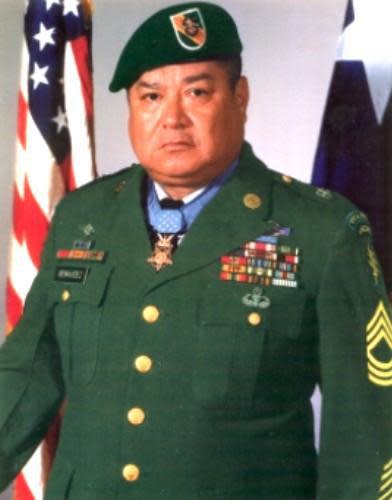
• Staff Sgt. Roy Benavidez, who was assigned to the 5th Special Forces Group, 1st Special Forces Command, was at the forward operating base in Loc Ninh on May 2, 1968, when helicopters attempting an extrication of a 12-man Special Forces reconnaissance team returned after being attacked by enemy fire.
Benavidez, having voluntarily boarded a returning aircraft to assist in another extraction attempt, jumped from the chopper and ran toward wounded members of the team while under enemy fire, becoming wounded in the leg, face and head.
Disregarding his injuries, he threw smoke canisters to direct the extrication aircraft and moved wounded team members toward the aircraft, providing protective fire.
Under enemy fire, he recovered a body and classified documents of a dead team member, again being wounded, this time in the abdomen and back.
After the helicopter crashed, killing the pilot, Benavidez aided the wounded who were aboard it and created a defense perimeter.
He called in tactical air strikes to suppress the enemy’s fire, and, when administering aid to a wounded team member, was struck in his thigh.
Still, Benavidez helped move soldiers toward another extrication aircraft that arrived, killing two enemy soldiers in the process.
Benevidez's final act was to collect or destroy classified material and ensure the remaining wounded were brought to the aircraft, before being extricated himself.
He is credited with saving the lives of at least eight men.
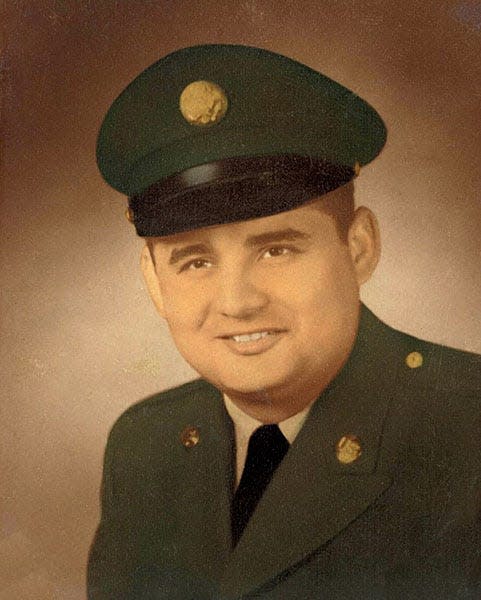
• Staff Sgt. Felix Conde-Falcon was part of the D Co., 1st Battalion, 505th Parachute Infantry Regiment, 3rd Brigade, 82nd Airborne Division when he was killed April 4, 1969, in Vietnam.
After artillery and airstrikes, Conde-Falcon led his platoon in a charge to clear an enemy bunker while under fire. Conde-Falcon destroyed two other bunkers and came under fire when rejoining his platoon.
Moving toward the enemy with three other men, Conde-Falcon killed those inside the nearest fortification, when he ran out of ammunition.
During an attempt to secure another bunker, Conde-Falcon was shot and killed.
He was posthumously awarded the Medal of Honor by then-President Barak Obama in 2014.
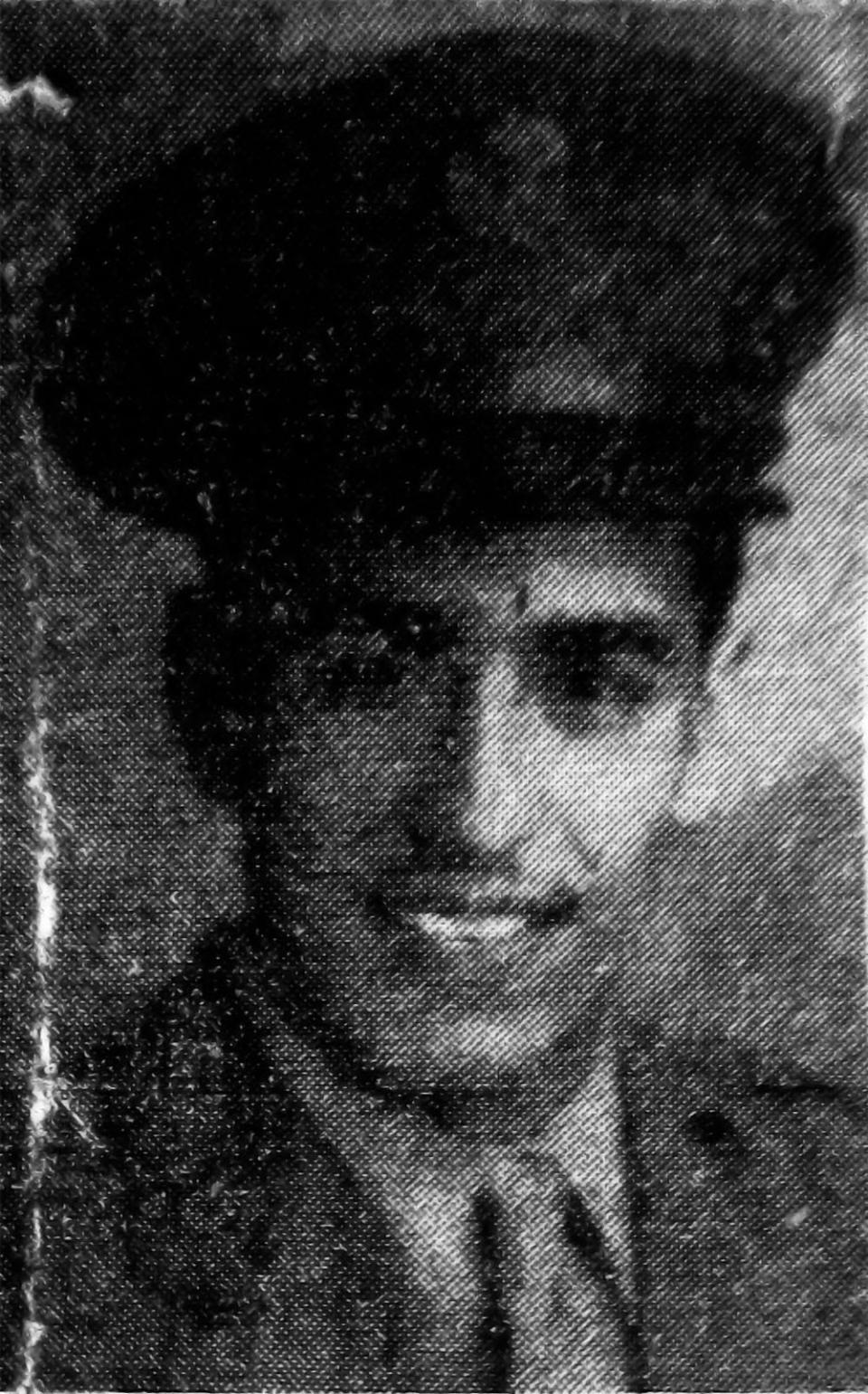
• Pvt. Joe Gandara was a paratrooper with the D Company, 2nd Battalion, 507th Parachute Infantry Regiment, 17th Airborne Division, when he was killed June 9, 1944, in France.
Gandara’s detachment came under enemy fire from a Nazi force that pinned the men to the ground for four hours.
Gandara voluntarily advanced alone toward the enemy position. Firing his machine gun from his hip as he moved forward, he destroyed three hostile machine guns before being fatally wounded.
He was posthumously awarded the Medal of Honor in 2014.
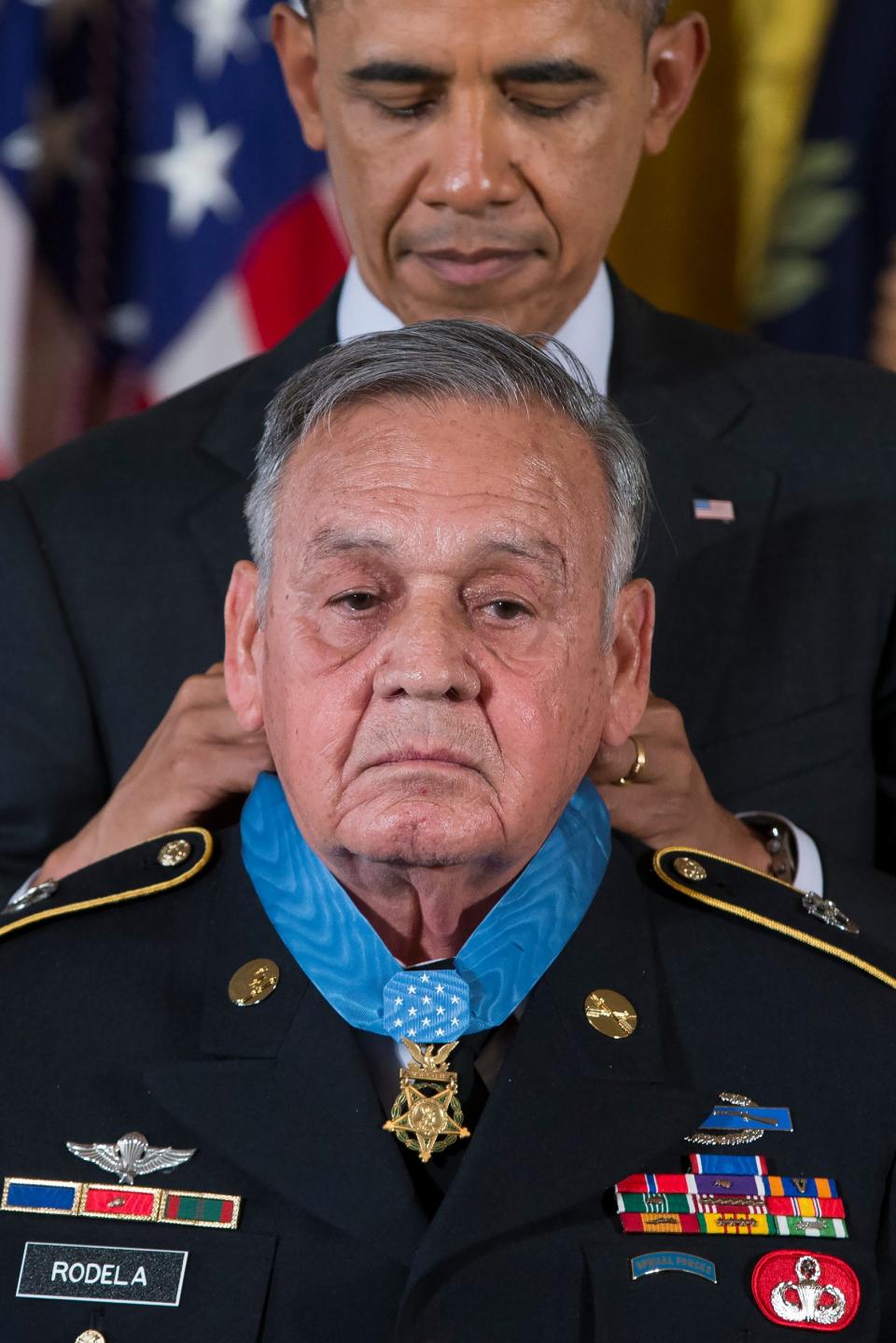
• Sgt. 1st Class Jose Rodela was serving as company commander of Detachment B-36, A Co., 5th Special Forces Group, 1st Special Forces Command, in the Phuoc Long Province, Republic of Vietnam, when his battalion came under mortar, rocket and machine gun fire Sept. 1, 1969.
Rodela placed his men into defensive positions to prevent the enemy from overrunning the battalion and repeatedly exposed himself to enemy fire for 18 hours.
While providing suppressing fire and assisting the wounded, he was hit in the back and head by a B-40 rocket while recovering a wounded comrade.
Rodela retired from the Army in 1975 and was awarded the Medal of Honor in 2014.
• Capt. Humbert Roque “Rocky” Versace was an intelligence officer for special operations when he was captured by Viet Cong guerillas in Vietnam, on Oct. 29, 1963 — two weeks before he was due to return home.
Versace was accompanying a civilian irregular defense group on patrol when the group came under fire from the enemy force.
According to his Medal of Honor citation, Versace provided cover fire to friendly forces and resisted capture despite being wounded.
Once captured, he assumed command of fellow American prisoners while locked in irons in an isolation box.
Versace attempted to escape four times and protested improper treatment of other American prisoners, before being placed in leg irons and gagged.
The last time fellow prisoners heard from him, he was singing “God Bless America.”
Versace was executed Sept. 26, 1965.
His remains have never been recovered.
Versace was posthumously awarded the Medal of Honor on July 8, 2002, and is the first Army soldier to receive the award for his actions as a POW, according to the Army.
Bragg buildings that honor fallen Hispanic soldiers
• Maj. Federico Jose Fernandez was a 307th Engineer Battalion, 82nd Airborne Division soldier who was killed in a training accident March 30, 1982. Fernandez Child Development Center is named after him.
• Staff Sgt. Edwardo Loredo was a paratrooper assigned to the 2nd Battalion, 508th Parachute Infantry Regiment who was killed June 24, 2010, by an improvised explosive device in Afghanistan. Loredo Child Development Center was dedicated in 2016 and is named after him.
• Staff Sgt. Joe S. Rodriguez, was a 1st Battalion, 505th Parachute Infantry paratrooper killed in action Feb. 29, 1968, in Vietnam while serving with the 3rd Brigade Combat Team, 82nd Airborne Division. Rodriguez Child Development Center is named after him.
Other notable Special Forces soldiers
Maj. Iván Castro became the first blind graduate of the Maneuver Captain's Career Course at Fort Benning, Georgia.
Castro, who grew up in Puerto Rico, enlisted in the Army in 1988 and later served with the 82nd Airborne Division, 7th Special Forces Group and other units.
He was serving with the 2nd Brigade Combat Team, 82nd Airborne Division on Sept. 2, 2006, in Iraq as a scout platoon leader when he was in the process of moving his men to a new location.
A mortar struck a nearby building and a second blast that was five feet away from Castro caused injuries to his shoulder, arm, nose, cheekbone, finger and lungs.
He lost his right eye, as shrapnel lodged into his left eye.
After 17 months of recovery, Castro returned to the 7th Special Forces Group and was later chosen to command the special operations recruiting company.
He retired from the Army in January 2017 and has since founded the Special Operators Challenge.
More:Major saluted in bittersweet ending to a career spent overcoming obstacles
• Retired Master Sgt. Isaac Camacho was serving with the Detachment A-21, 5th Special Forces Group when Viet Cong forces attacked his camp Nov. 24, 1963, in Vietnam.
According to Camacho’s Distinguished Service Cross citation, the then-sergeant first class maneuvered through fire to man a mortar and engaged the enemy until ordered by his commanding officer to withdraw from the camp.
Camacho was captured after separating from his commanding officer in the darkness.
After losing weight for 18 months, guards removed his shackles to use for new prisoners.
During heavy rain, Camacho removed a bar from his cage to slip through on July 9, 1965.
He was the first American soldier to escape Viet Cong captivity.
Camacho later retired from the Army in 1975.
Top leaders
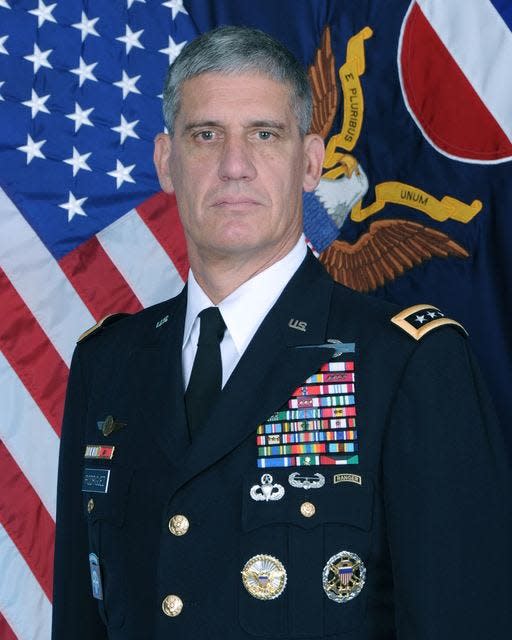
• Retired Gen. David Rodriguez was commander of the 82nd Airborne Division from April 2006 to August 2008 and is the division's longest-serving commander who served in combat, with a total of 15 months.
Earlier in his career, he commanded the 325th Airborne Infantry Regiment and deployed with the 1st Battalion, 505th Parachute Infantry Regiment during Desert Shield and Desert Storm.
Rodriguez was commander of the division during the 2007 enemy surge in Afghanistan and later become a four-star general of the U.S. Army Forces Command.
• Retired Brig. Gen. Hector Pagan grew up in Puerto Rico and served with the 7th Special Forces Group in Panama during Operation Just Cause from 1988 to 1990. In 2003, he commanded the 5th Special Forces Group during Operation Iraqi Freedom. Pagan become deputy commander of the U.S. Army Special Operations Command in 2006 followed by being deputy commander of the John F. Kennedy Special Warfare Center and School in 2007. Pagan’s last military assignment was as commander of the Special Operations Command South before he retired in 2010.
• Command Sgt. Maj. Julie Guerra is the sergeant major for the Army’s deputy chief of staff for intelligence at the Pentagon. Guerra previously served at Fort Bragg as a first sergeant for the B Company, 519th Military Intelligence Battalion, 525th Military Expeditionary Brigade. She has also spoken out against sexual assault and harassment in the Army.
• Command Sgt. Maj. Delia Quintero is the senior enlisted advisor for the Army Cyber Center of Excellence and Fort Gordon, Georgia. She has previously served in various ranks at Fort Bragg including section sergeant and first sergeant within units under the 35th Signal Brigade; first sergeant for the 18th Airborne Corps Noncommissioned Academy; brigade commander of the 4th Brigade Combat Team, 82nd Airborne Division and supervisory operations sergeant major for the 82nd Airborne Division.
More:Cyber Center of Excellence introduces new senior enlisted advisor
Air Force
Ramón "CZ" Colón-López is the senior enlisted adviser to the chairman of the Joint Chiefs of Staff and was inducted into Puerto Rico’s Distinguished Veteran's Hall of Fame in 2017, according to his biography.
From 1999 to 2005, Colón-López was a special tactics element leader for the 24th Special Tactics Squadron at Pope Air Force Base.
While serving in Afghanistan from 2002 to 2004, Colón-López earned his first Bronze Star for providing presidential security detail for Hamid Karzai.
He earned a second Bronze Star for his actions during a March 11, 2004, mission to capture a target who was funding terrorism. During the mission, a helicopter Colón-López was in was shot at and damaged as it landed. Colón-López suppressed enemy fire from another three helicopters. He and his team were able to kill two enemy fighters, capture 10 and destroy rocket-propelled grenade rounds and small-caliber weapons resulting in no American deaths because of their actions.
In 2007, he was the first Hispanic to be awarded the Air Force’s new Combat Action Medal created to recognize airmen’s actions while under fire or firing at the enemy in an unsecured combat zone area.
Colón-López has also previously served as the senior enlisted advisor for the 24th Tactics Squadron from 2009 to 2011 at Pope Air Force and was group superintendent of the 724th Special Tactics Group at Pope.
Staff writer Rachael Riley can be reached at rriley@fayobserver.com or 910-486-3528.
This article originally appeared on The Fayetteville Observer: Notable Hispanics and Latinos who have ties to Fort Bragg

